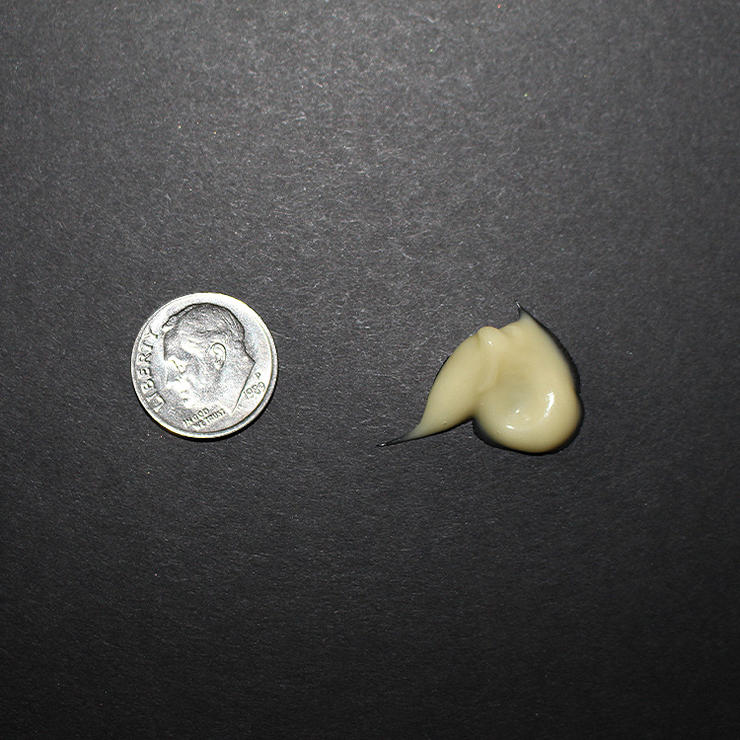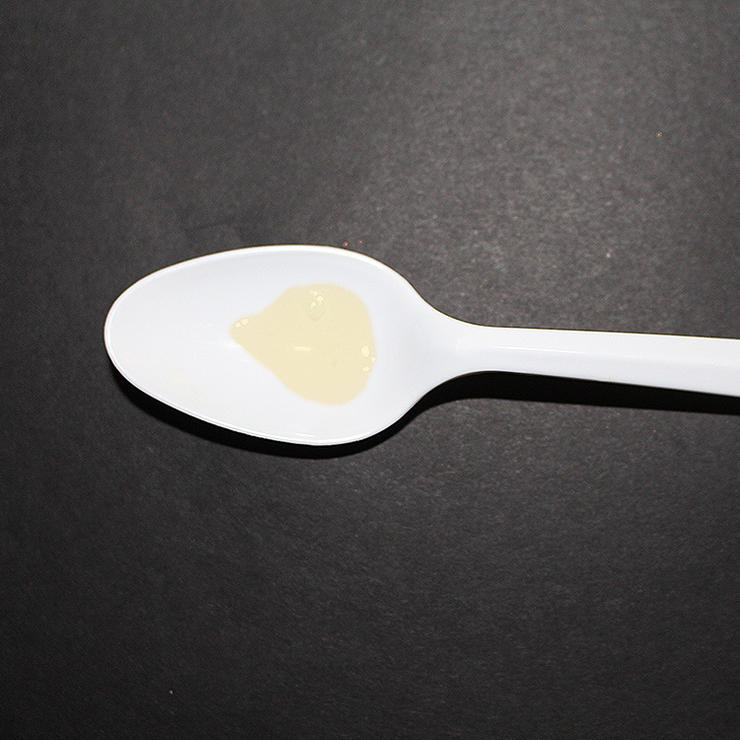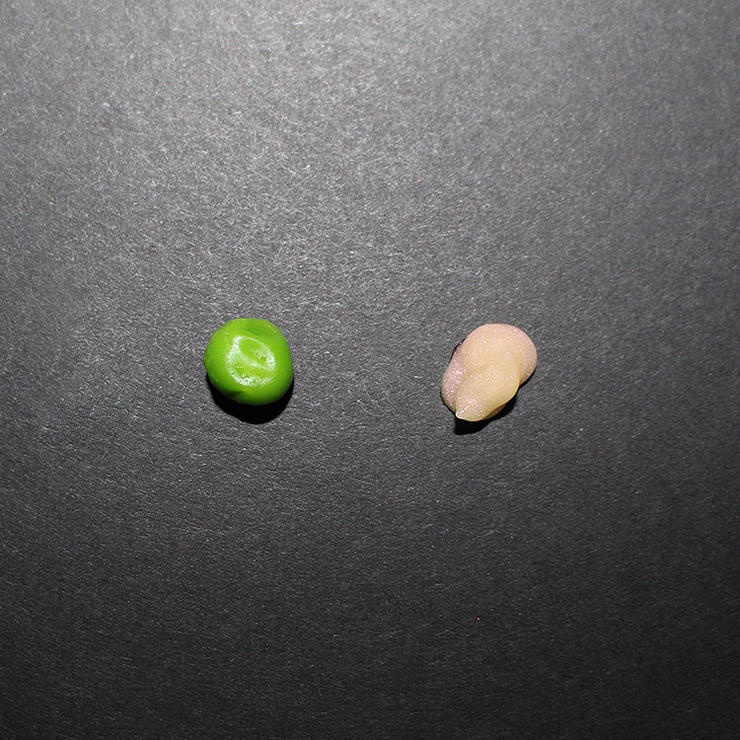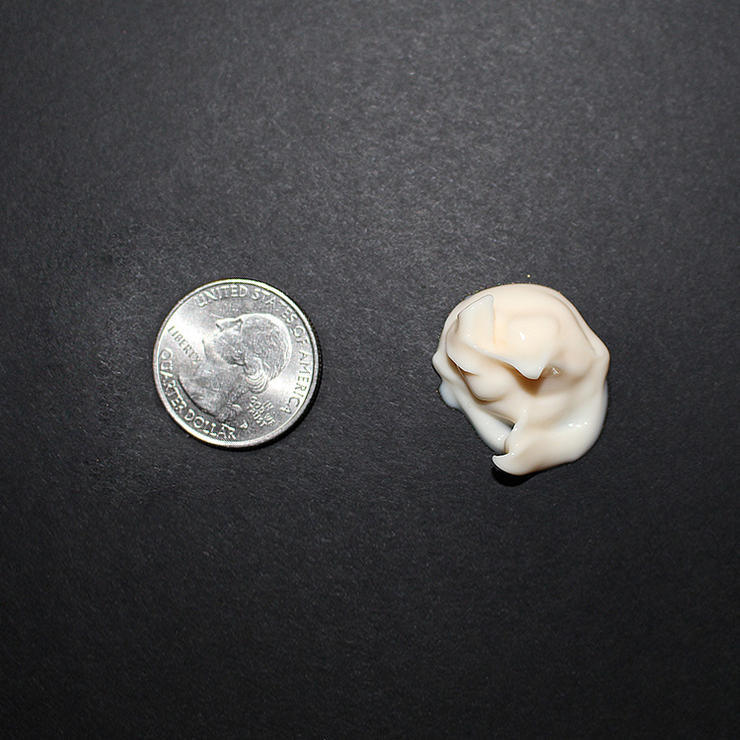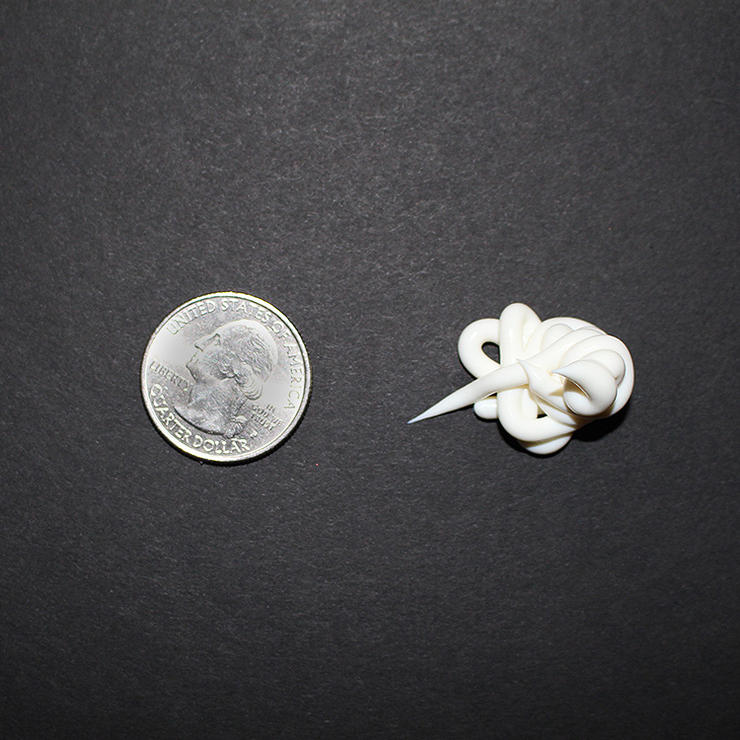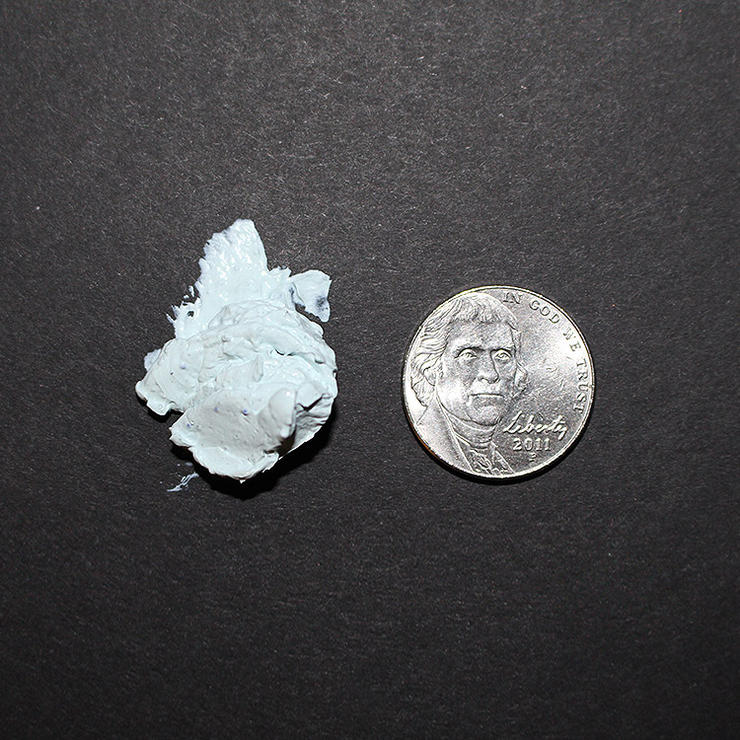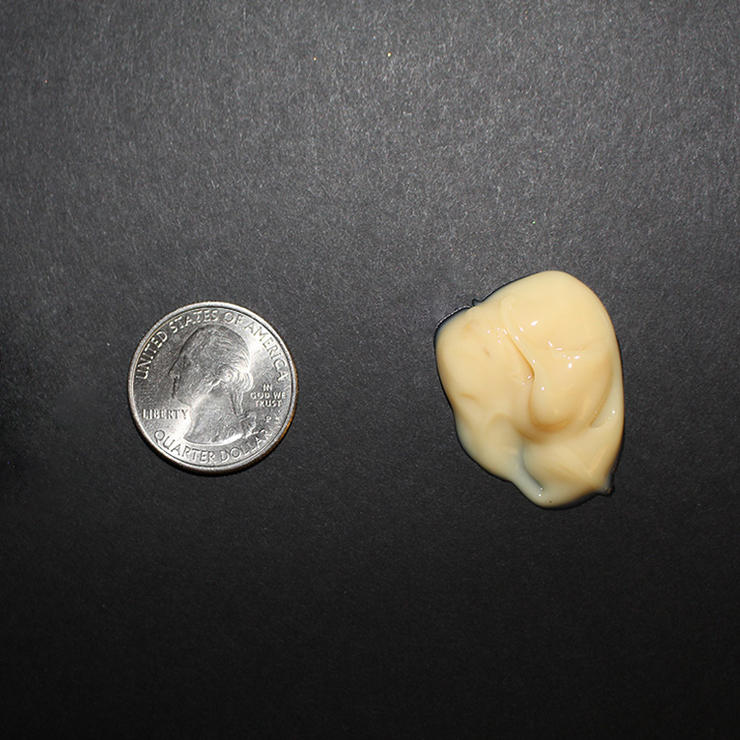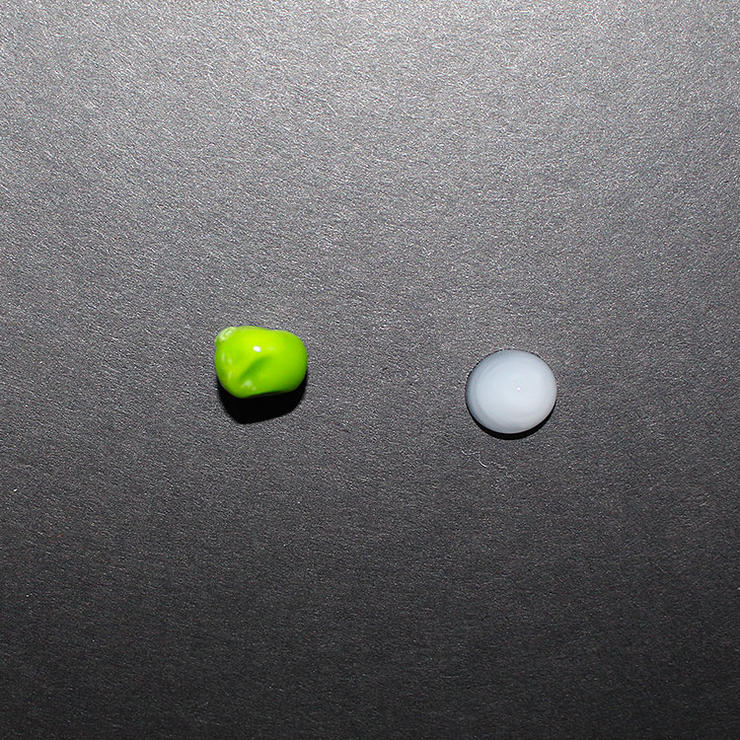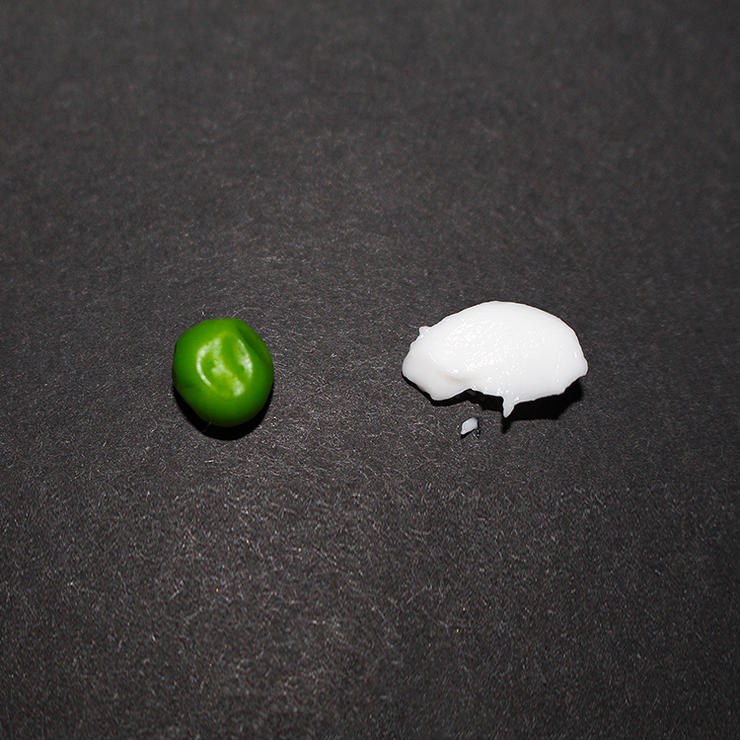It can be really confusing to figure out how much of each skin care product you need to apply on your skin. Being able to use all of your face washes and creams in order is an important duty. The articles listed on Misumi can also help you figure out how much of which lotion you should put on. The trick is to not overdo it, but to also make sure to put just enough to cover the face and affected areas. We’ve consulted a top dermatologist who shared the exact amount of every skin care product you need to apply on your face.
Face Wash
Using too much face wash can make your skin tight, dry and uncomfortable. Joel Schlessinger, M.D and board-certified dermatologist explains that the amount of face wash you use should be a dime-sized blob. One pump is just enough.
“For most gel and cream cleansers, this is usually enough to cleanse the skin fully,” says Dr. Joel.
Toner
Toner is not the type of product you can just squeeze out since it has the consistency of a vinegar.
“Stick to just a few drops, and always apply it with a cotton round. You want the round to be wet but not completely saturated, which would mean that less product is absorbed,” explains Dr. Joel.
Serum
Serum is used to target dark spots, wrinkles and large pores.
“Since serums are fairly concentrated, you’ll only need a few drops to treat the entire face and neck. Instead of applying directly to your face, place a few drops into the palm of your hand, and gently press the product into your skin.”
Daytime Moisturizer
Moisturizing your skin is extremely important for having smooth and gorgeous looking skin. When it comes to moisturizers, a little goes a long way. If you use a moisturizer with SPF, you’ll only need a quarter-sized amount. If you opt for non-SPF moisturizer, use a nickel-sized dollop.
“If you use too much, it can feel greasy and heavy on the skin—and too little can leave your complexion feeling dry and dehydrated,” says Schlessinger.
Sunscreen
This is a product you should never skip. If you’re planning to apply sunscreen only on your face, a quarter-sized amount will do the trick. If you want to apply it all over your body, you’re going to need a shot-glass sized amount of sunscreen.
Face Mask
If you can’t afford getting a facial, that doesn’t mean you can’t reap the brightening and skin-moisturizing benefits of at-home masks. Before you get started, decide what type of mask you’re going to apply.
“Purifying masks [like the one above] that absorb excess oil can be drying on skin, especially if you apply too much. Stick with a nickel-sized amount, and aim for problem areas like the T-zone. For hydrating masks and firming masks, however, you can be a bit more generous, with a quarter-sized amount,” says Schlessinger.
Night Cream
It’s really important to allow your skin to recover while you sleep.
“Night creams are specially formulated with more potent anti-aging ingredients that work with your skin’s natural renewal process. In this case, a quarter-sized amount should do,” says Schlessinger.
Don’t forget that applying too much night cream can clog your pores and cause breakouts.
Acne Treatment
If you’re dealing with breakouts and blemishes, be careful not to apply acne treatment products on your entire face.
“The active ingredients in these formulas can be very drying to the skin and are meant to target only the affected areas. All you need is a pea-sized amount or even less to adequately absorb excess oil and pull out impurities,” explains Joel.
If you’re using gel products, you can use them any time of the day. If you’re using the dry paste type that turns white once it’s dried, apply it only before going to bed.
Eye Cream
The skin around our eyes is thinner and it needs a little extra TLC.
“You’ll want to apply about a pea-sized amount for both eyes,” Always apply eye treatments to the orbital bone [the bone around your eye] using your ring finger, which is your weakest finger. This helps prevent any tugging, pulling, or rubbing on the delicate skin around the eyes. Just be careful not to apply the product too close to your eye. As your skin warms the product, the active ingredients will travel to the under-eye area,” says Schlessinger.
Source: Women`s Health

